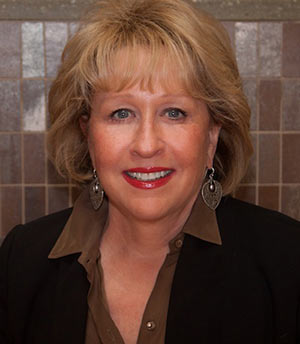Dan Pallotta in his TED Talk “The Way We Think About Charity is Dead Wrong,” explains that the nonprofit sector has “to do more with less,” from staffing to resources. As a result, that means nonprofits must “think differently and be more creative and innovative.”
To paraphrase an old adage, “we’re required to turn a sow’s ear into a silk purse.”
Because most people believe this is not only true, but the way it should be, most nonprofits have traditionally paid below market wages; furnished offices and treatment rooms with second, third and fourth generation hand me downs; and run two, five or eight different versions of operating software on their computer systems on second-hand computers. And, we are always grateful for these gifts whether they moved us closer to our goal or not.
As a veteran of the private sector, I think the nonprofit industry has sold itself short. There are amazing systems, processes and tools the private sector uses that can revolutionize not only the operations and success of nonprofits, but can help change perceptions of our industry. After all, we are in the business of saving the environment, expanding the arts, funding medical research to save lives, providing food, job training and housing that help people rise out of poverty. We provide paths to the future for children and parents, socialization for seniors, and yes, even shelter for stray animals.
And most of us do this by spending less than 20 cents per dollar on staffing and training and facilities repair and maintenance; health insurance and retirement plans, utilities, furnishings, promotion, fundraising, leases and mortgages, financial systems, computer hardware and software and so much more.
By recognizing that nonprofits really are businesses that need to be run efficiently and effectively, while still fulfilling our missions, donors, boards, volunteers and supporters can see their investments of time, treasure and ideas are wisely managed and see more progress being made.
Armed with strategic and business plans, financial strategies that encompass both immediate needs and those to come, and a long-term view of success, we can achieve our goals and make our community an even better place for all. That also requires that we evaluate our programs, services, fundraising and overhead based on their returns on investment. And, that we plan for an annual net income so that we have the dollars we need to reinvest in our people, facilities and programs year after year after year.
If we can pay more competitive salaries, especially in a tight job market, we can have a reasonable chance of attracting experienced talent and achieving our goals. If we can offer training and advancement to our employees they will become more skilled and retention rates will increase. Expanding our volunteer bases while integrating staff and volunteers into cohesive teams, and adding training as a requirement for all continues this story of effectiveness.
New GAAP Accounting rules for nonprofits are making financial reporting easier and more transparent. Washington residents voted to phase-in minimum wage increases through 2020 to provide workers with improved buying power, which has offered challenges for balancing budgets, and opportunities for greater retention.
Local organizations like the Nonprofit Network of South Washington and Willamette Valley Development Officers (WVDO) offer workshops and technical training, recruiting and hiring services. National organizations offer certifications for nonprofit management and leadership. Universities have undergraduate and graduate schools dedicated to nonprofit management and fundraising. These all require a financial investment from our nonprofits.
We are an old industry that is maturing; changing and in transition in many areas. It’s an exciting and challenging time. It will take engaged boards that provide skills, wise counsel and strategic thinking; trained and fairly paid staff with benefits; a vision for the future; passion and dedication for the work and the mission; and a robust and sustainable financial base to succeed.
We can accomplish even greater success for our communities if we are willing to understand the complexities of managing nonprofits, while changing both our perceptions and expectations, then investing in their people and their missions.
Stacey Graham has been the president of the Humane Society for Southwest Washington since 2013. She served as an executive vice-president and chief strategy officer for First Independent Bank.





